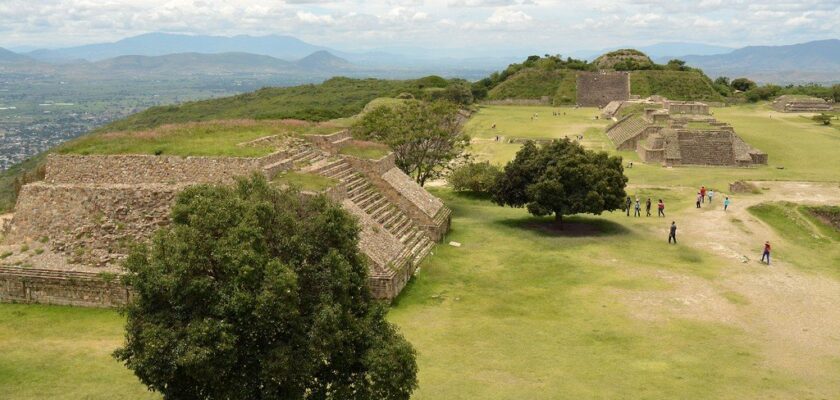The ancient city of Monte Alban
Monte Alban is a large pre-Columbian settlement in southeastern Mexico, in the state of Oaxaca. It is located on a 1,950-meter-high mountain plateau that offers a magnificent panorama of the Oaxaca Valley.
.Monte Alban is home to many shrines and tombs. Most of them are crowned with domes and decorated with frescoes. This architectural style is considered to be the most perfect in the Western Hemisphere, and is a testament to the high cultural development of the civilization that created it.
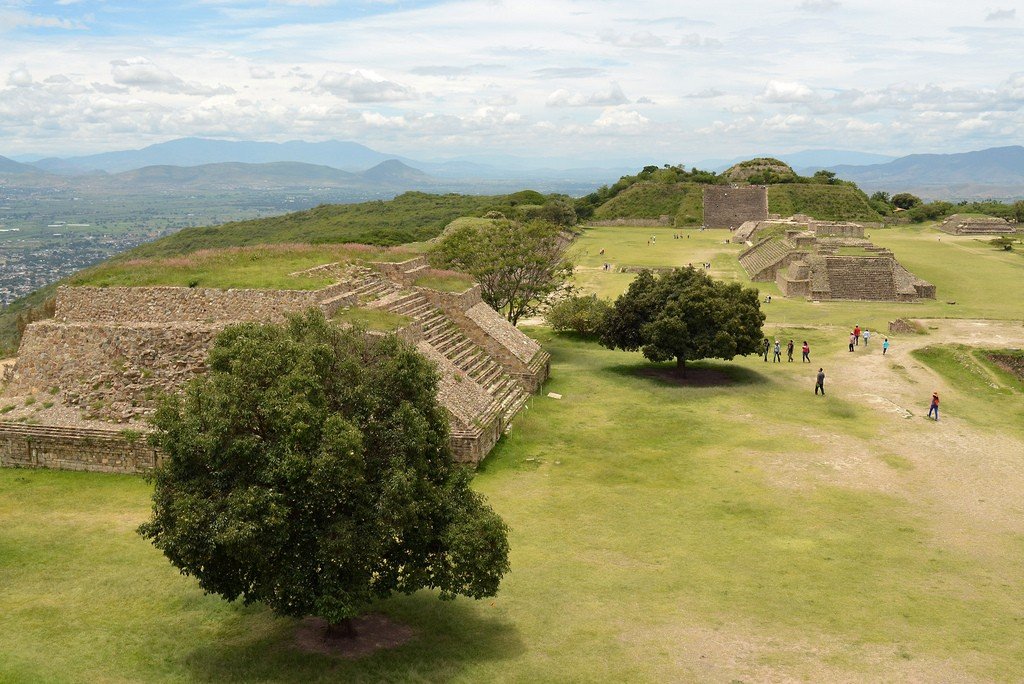
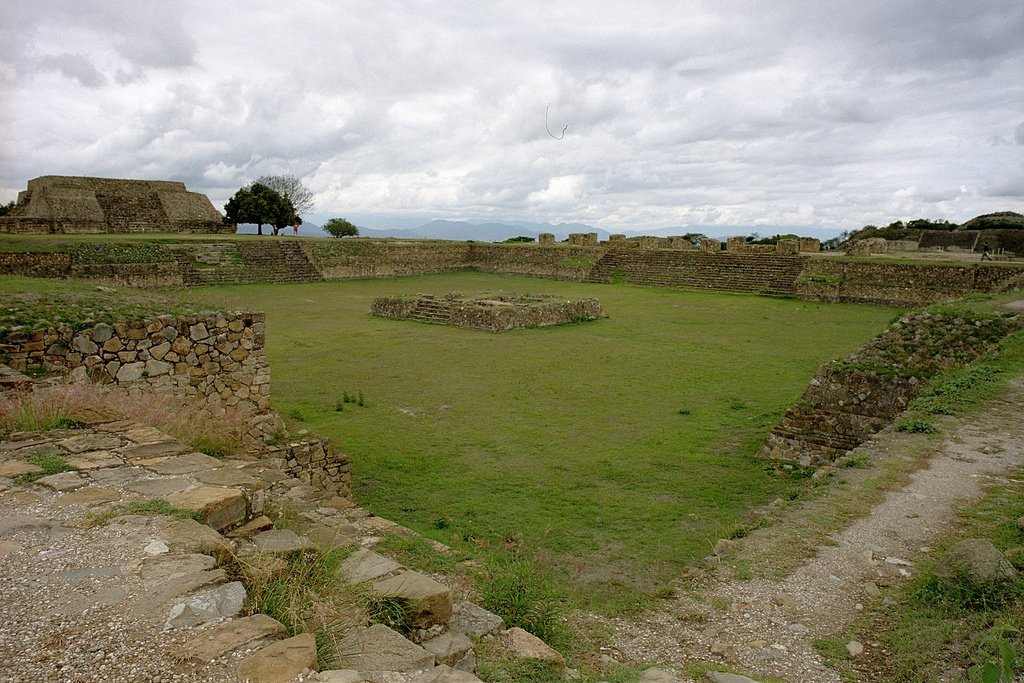
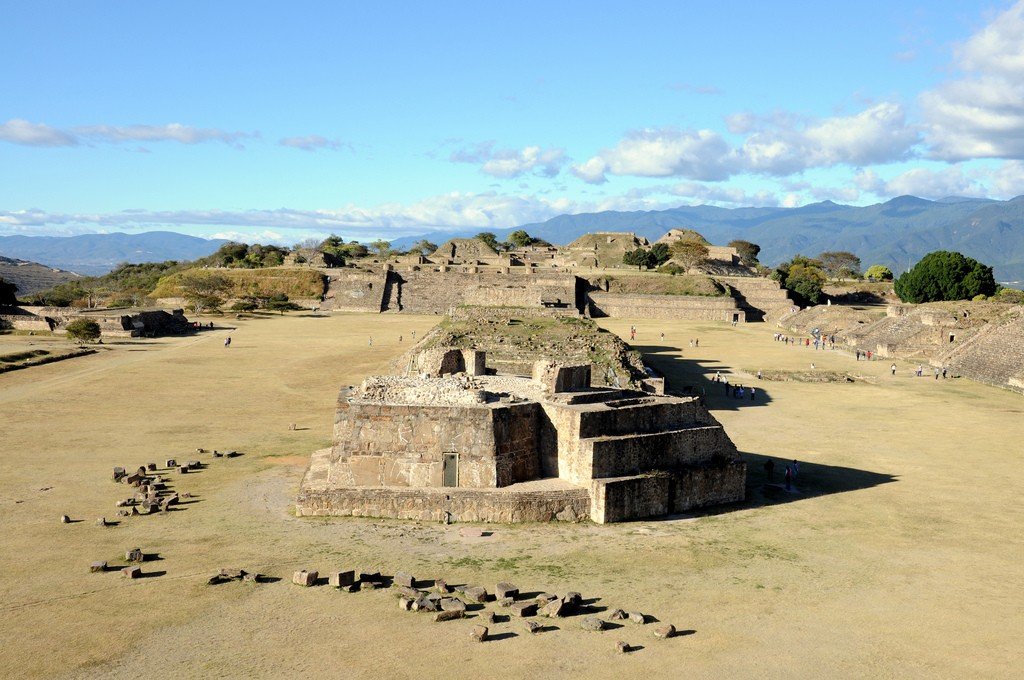
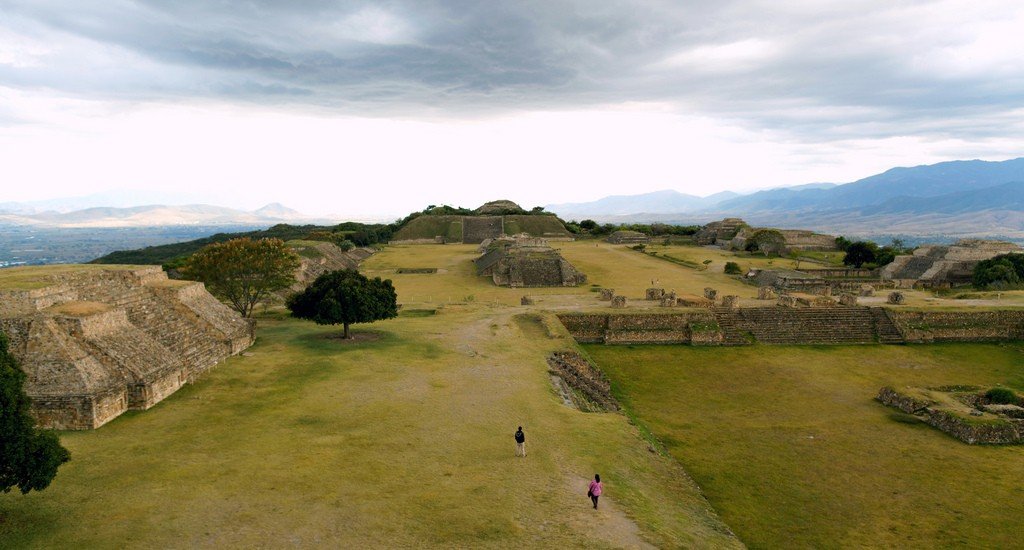
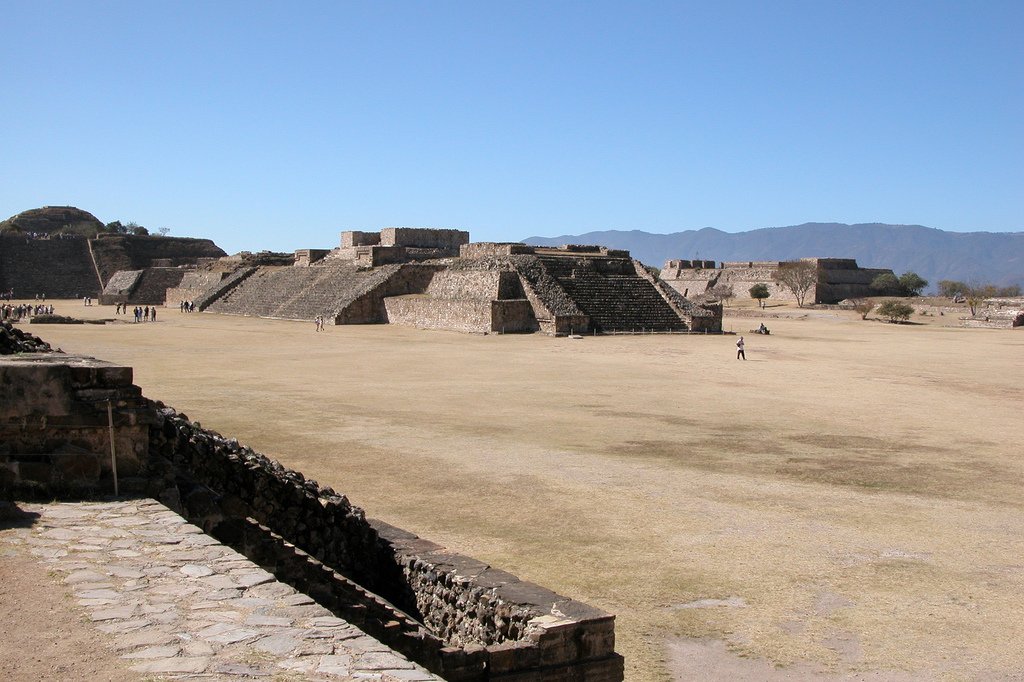
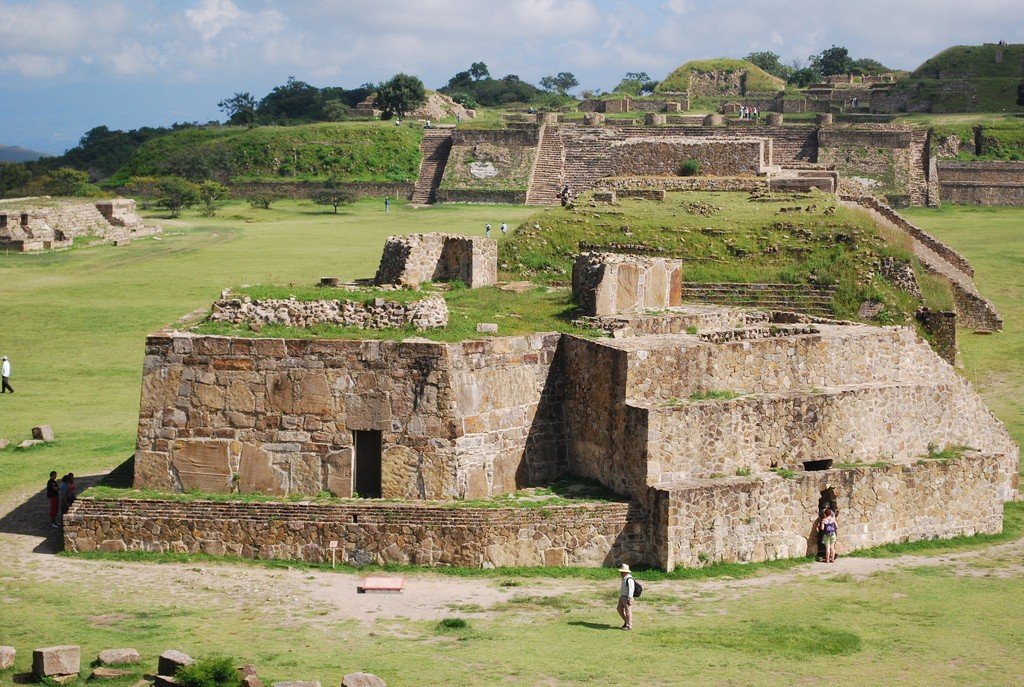
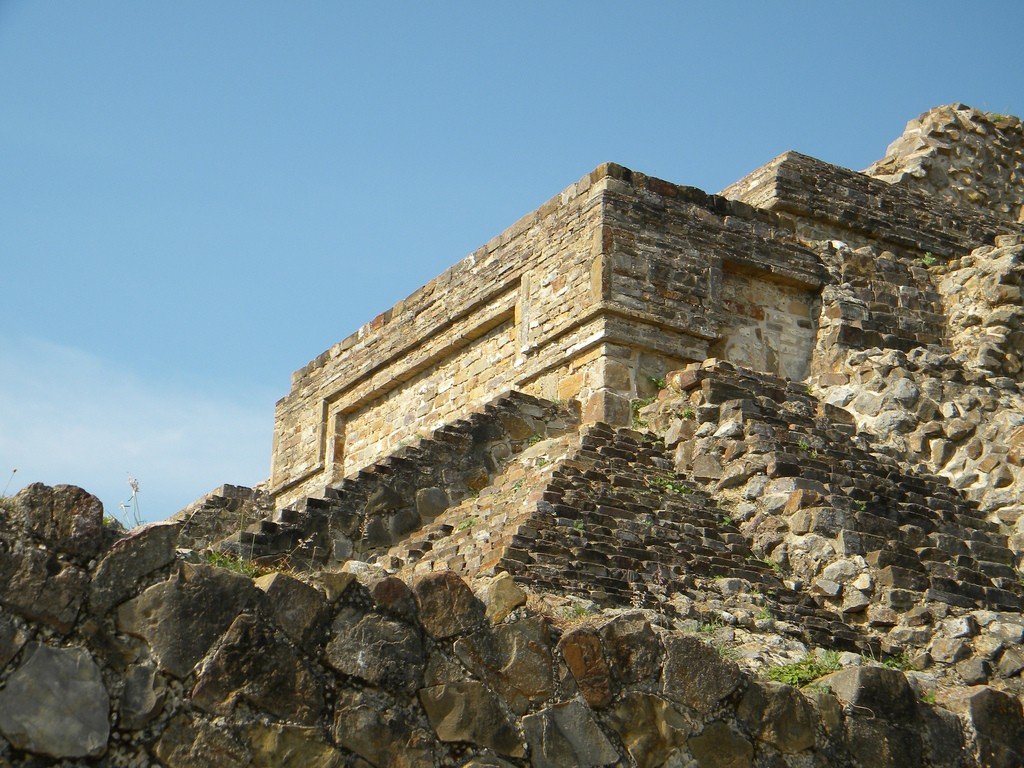
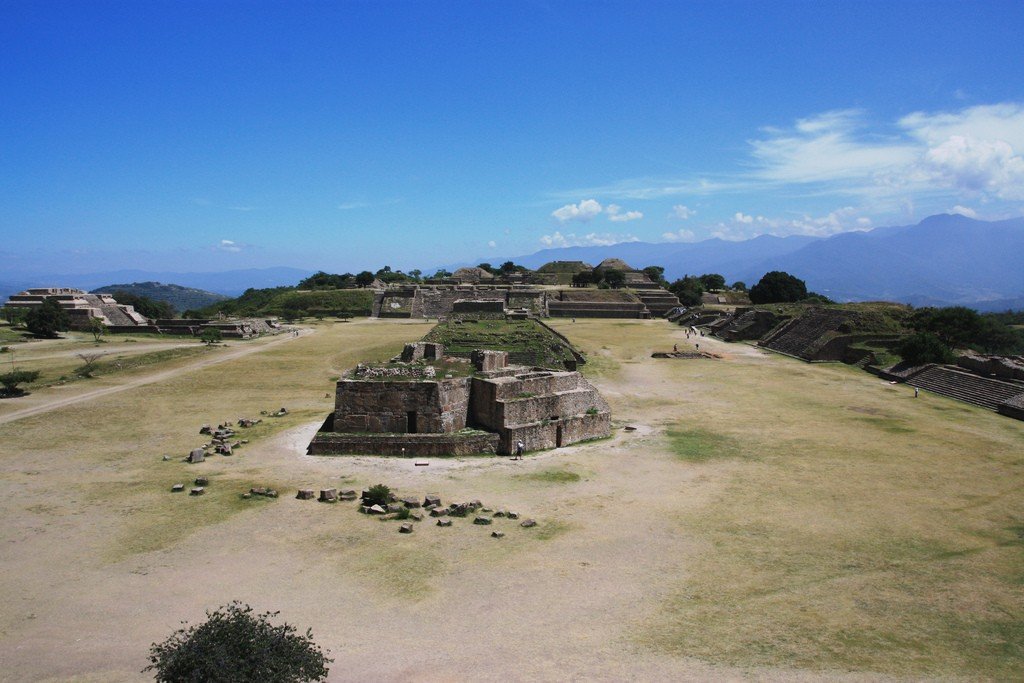
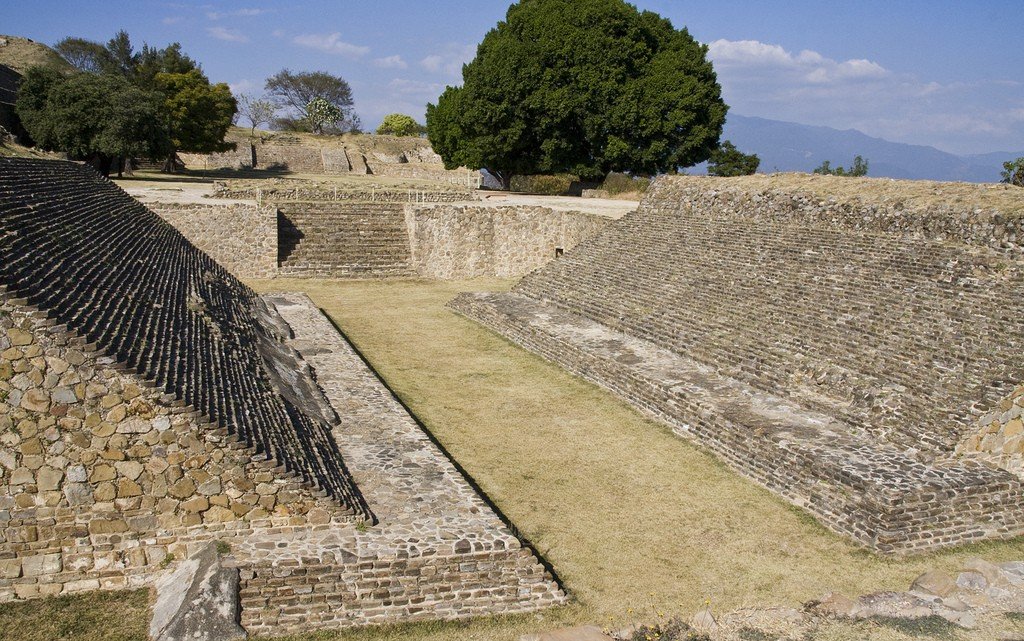
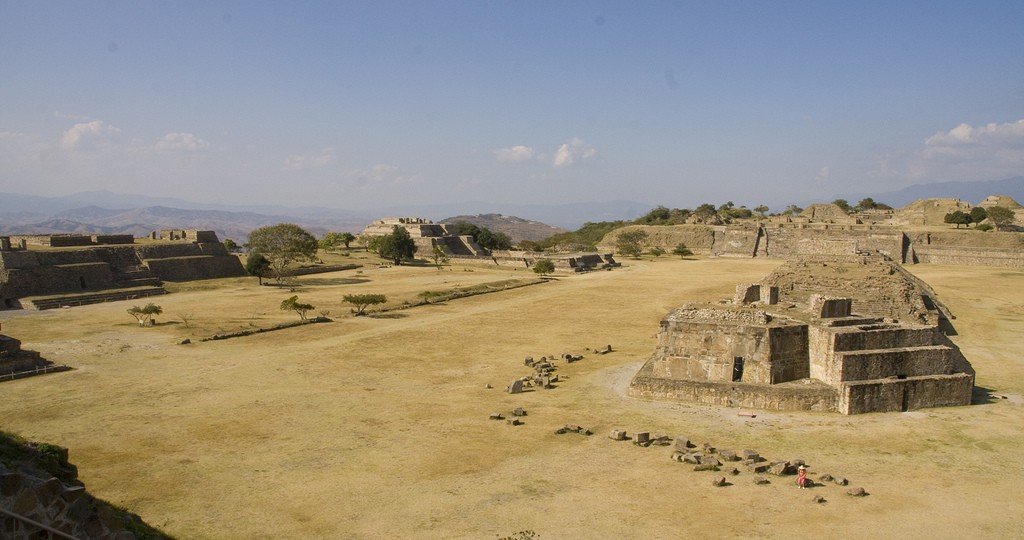
History
Monte Alban emerged around 500 BC and is considered the oldest city in Mesoamerica. The city quickly became the center of integration of the tribes of the entire region and the main place of organization of their military and economic life. It soon became the capital of the strong Zapotec state, which controlled most of the Oaxaca Plateau, and remained so for more than a thousand years. Its period of prosperity lies between the 6th century BC and the 6th century AD. At its peak, the city’s population reached 25,000 people. The social structure of the Zapotecs had a clearly defined class character. In essence it was a theocratic society in which the official head of state did not have the full power, which was in the hands of the priests. The religion of the Zapotecs was polytheism. Of the many deities they worshiped, the rain god Koshiko was considered the most important. They also practiced an ancestor cult and believed in the origin of humans from rocks and trees. This mysterious civilization accumulated a large store of natural philosophical knowledge. Their achievements in the spheres of astronomy, mathematics, architecture and art are not inferior to the level of the ancient Maya or Incas. In 500-750 AD the city lost its importance and was soon practically abandoned.
.
The reasons for the decline of Monte Alban remain unclear. Scholars believe that at some point in its history the Zapotec state was conquered by the Mixtecs, who later began using Monte Alban as a necropolis. By 700 AD, the city was completely abandoned, repopulated some time later, and although it lost its former importance and became very dilapidated, it survived until the arrival of the Spanish, who gave it its modern name in honor of the famous conquistador Diego López de Monte Alban.
.What to see
The ruins of pyramids, temples, ball fields, galleries and an observatory have been discovered in Monte Albán. A central square surrounded by terraces, palaces and platforms spread out in the center of the city. Residential buildings stood on terraces on the hillside, and gardens were most likely located here as well.
.
Of interest is the Zapotec ball field, which is different from the Maya field. There are no stone circles here, and the playing field itself is shaped like a capital I. The edges of the field rise at an upward slope, which is due more to the rules of the game than to the need for spectator seating. It is also suggested that, unlike the Maya, the game was not associated with the practice of human sacrifice.
.
The city has preserved many tombs topped with domes and decorated with frescoes. Such decoration, recognized as the most perfect in the entire Western Hemisphere, testifies to the high degree of cultural tradition of its creators.
The walls of one of the temples, the Temple of Dansantes (dancers), feature bas-reliefs of mysterious figures that, according to one version of researchers, reproduce dance pas. More recent studies have led scholars to believe that these are depictions of sacrificed or slain enemies. There is also a hypothesis, according to which this mysterious building was a hospital, and on the walls depicted a kind of medical directory, containing 150 illustrations of all sorts of human pathologies, as well as images of women in labor.
.
Another building, the only one in the whole city, in no way tied by its location to the sides of the world, may have been used for the study of astronomy, accordingly, the researchers called it “observatory”. The building material for it was about forty carved slabs from the Temple of Dansantes. “Observatory” oriented to the setting points of the constellations Southern Cross, Alpha and Beta Centauri and to the rising point of the star Capella.
.
In the 1930s, various artifacts were discovered in Tomb 7 by Mexican archaeologists, which are also of great interest. The archaeological complex also has a museum with a collection of objects found during excavations in the 1920s.
EntranceThe cost of a ticket to the complex is 51 pesos and there is an additional fee for the use of a photo and video camera. The complex is open to the public from 9:00 a.m. to 5:00 p.m.
.Shops and cafes
There is a small bookstore in the archaeological complex, and locals sell souvenirs and food at the exit of Monte Alban. There is also a small cafe on the grounds where you can grab a bite to eat sandwiches. Something more substantial is worth seeking out in the city of Oaxaca.
.How to get there
Autobuses Turísticos buses run to Monte Alban from the Hotel Rivera del Ángel, located on Mina 518 in Oaxaca City (the stop is 6 blocks from the main plaza). Buses depart every hour from 8:30 am to 3:30 pm and return from 1:00 pm to 5:00 pm (schedule may change depending on the season). The cost of a round-trip ticket is about 38 pesos. Such a ticket allows you to return back only at the time marked on it.
.An alternative company that organizes transfers to the archaeological complex is Turísticos Marfil. Buses stop at Local 25, Plaza Santo Domingo, Alcala 407 and at the Mezkalito Hostel. The round trip cost is 50 pesos.
.A cab from Oaxaca to Monte Alban costs 200-300 pesos round trip.
.